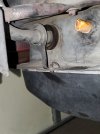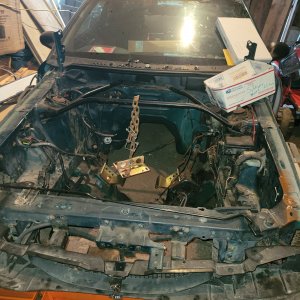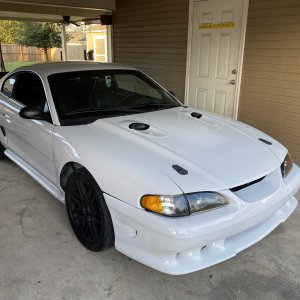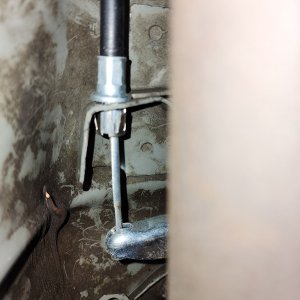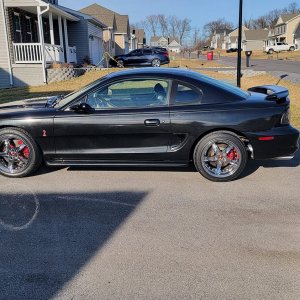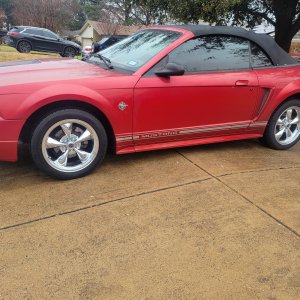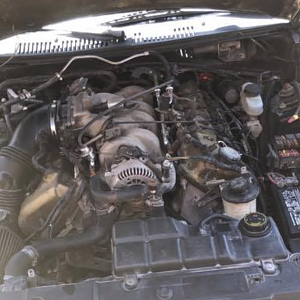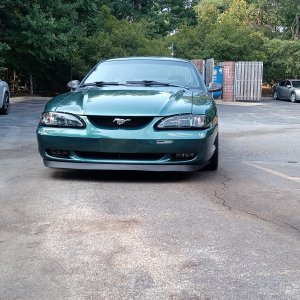I hear what you're saying, and I wouldn't have suggested checking the wiring if we didn't find the flying splices into the CCRM as we did. In my line of work, and with this car, I felt need to eliminate all variables and verify individual functions systematically. There is still an issue with the PCM not switching the state of the FPR. Since the PCM has been replaced, and the CCRM has been tampered with, is the CCRM failing? That's what I've been asking myself. Sure, you could make the argument that a 1 volt loss is negligible, and I wouldn't disagree too much. And the car may have a fuel delivery issue that hasn't been isolated yet. But if there is a PCM or CCRM issue, I'm curious if the other outputs such as injectors are affected. Is the fuel/air ratio accurate at >3250? How far off are the process variables from setpoint? If I knew what the permissive was that commanded the FPR to change, I would try to induce it as a test. I also ask, does that same permissive subsequently affect injector frequencies? I would think that if your RPM's reach >3250, the pump is stepped up to a higher output, the injectors are open at a different duration, probably a multitude of other changes are being made.
At the end of the day, if the fuel delivery checks out good, there is still that FPR not dropping out, and who knows what else is happening/not happening that we haven't identified.
Sorry for the ramble.

